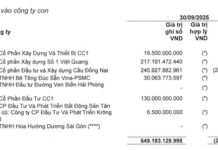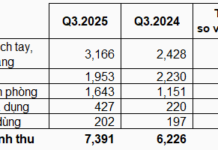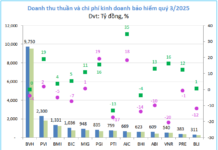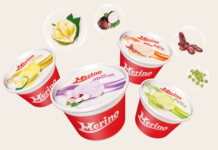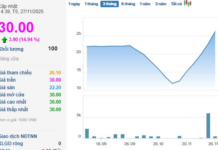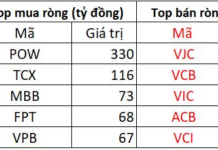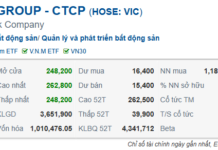The leaf in question is the cassava leaf.
According to data from the Import-Export Department (Ministry of Industry and Trade), in the first 8 months of 2025, Vietnam’s leaf exports reached USD 8.678 million, a 26.9% increase compared to the same period in 2024. Cassava leaves alone accounted for USD 2.779 million, a 12.5% rise. In August 2025, cassava leaf exports hit USD 517,000, nearly half of the total value of the country’s exported leaf category.
Vietnamese cassava leaves are exported to Japan, South Korea, Taiwan (China), and several Muslim countries. There, they are used in curries or cooked with meat and fish due to their high protein and vitamin content. Some Vietnamese companies also export frozen, pureed cassava leaves for the food processing industry.
Domestically, fresh cassava leaves fetch only VND 3,000–5,000 per kg, but after processing and export, their value can increase three to fourfold, reaching up to VND 70,000 per kg in foreign retail markets. Once considered waste, cassava leaves are now a lucrative commodity for farmers and agricultural processors.
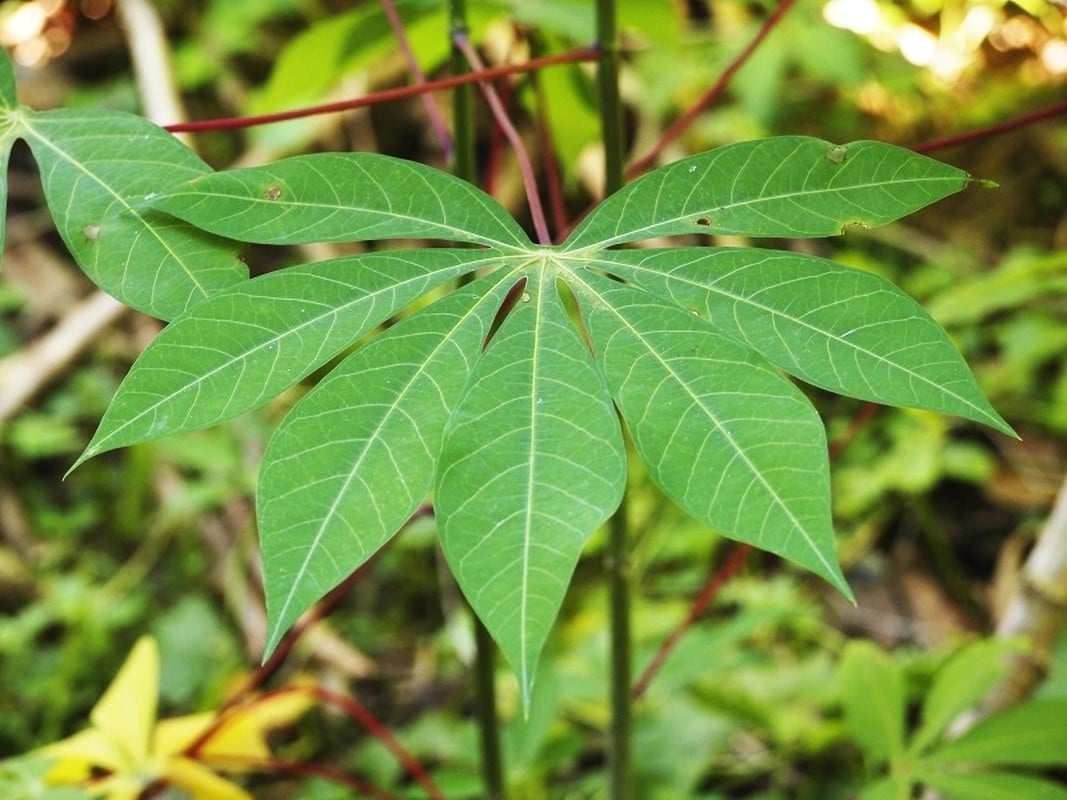
Cassava Leaves
While Vietnam previously focused on exporting cassava roots for starch production, the export of cassava leaves and value-added products has opened new avenues for the agricultural sector. Utilizing the entire plant, from root to leaf, aligns with sustainable and circular agriculture practices.
From Humble Dish to Global Delicacy
In Vietnam, young cassava leaves have long been a staple in rustic dishes like garlic stir-fries, soups, pickles, and stuffed cakes. In some regions, they are pureed for curries.
Globally, cassava leaves are a traditional food in many African and Oceanic countries.
Beyond their culinary use, cassava leaves serve as high-protein green feed for livestock (cattle, goats, buffaloes), enhancing the plant’s utility and reducing agricultural waste.
Nutrient-Rich but Requires Proper Preparation
Assoc. Prof. Dr. Nguyen Duy Thinh, a food technology expert, notes that properly prepared cassava leaves are nutritious and delicious. Rich in fiber, protein, vitamins A and C, and bioactive compounds like polyphenols and carotenoids, they offer antioxidant, anti-inflammatory, and metabolic benefits. Pickled cassava leaves are a beloved specialty.
Traditional medicine also uses cassava leaves to reduce fever, aid digestion, and heal wounds.
Dr. Thinh warns that cassava leaves contain cyanogenic glycosides, which can release cyanide if not prepared correctly. They should never be eaten raw; thorough boiling and repeated rinsing are essential to remove toxins. Individuals with weak digestion, the elderly, and pregnant women should consume them sparingly to avoid toxicity.
Vietnam’s Trade Set to Hit $900 Billion: Spotlight on the Top 7 Shining Stars
Over the first nine months, the total import-export turnover reached $680.6 billion, with projections indicating a potential new record of approximately $900 billion for the full year 2025.












